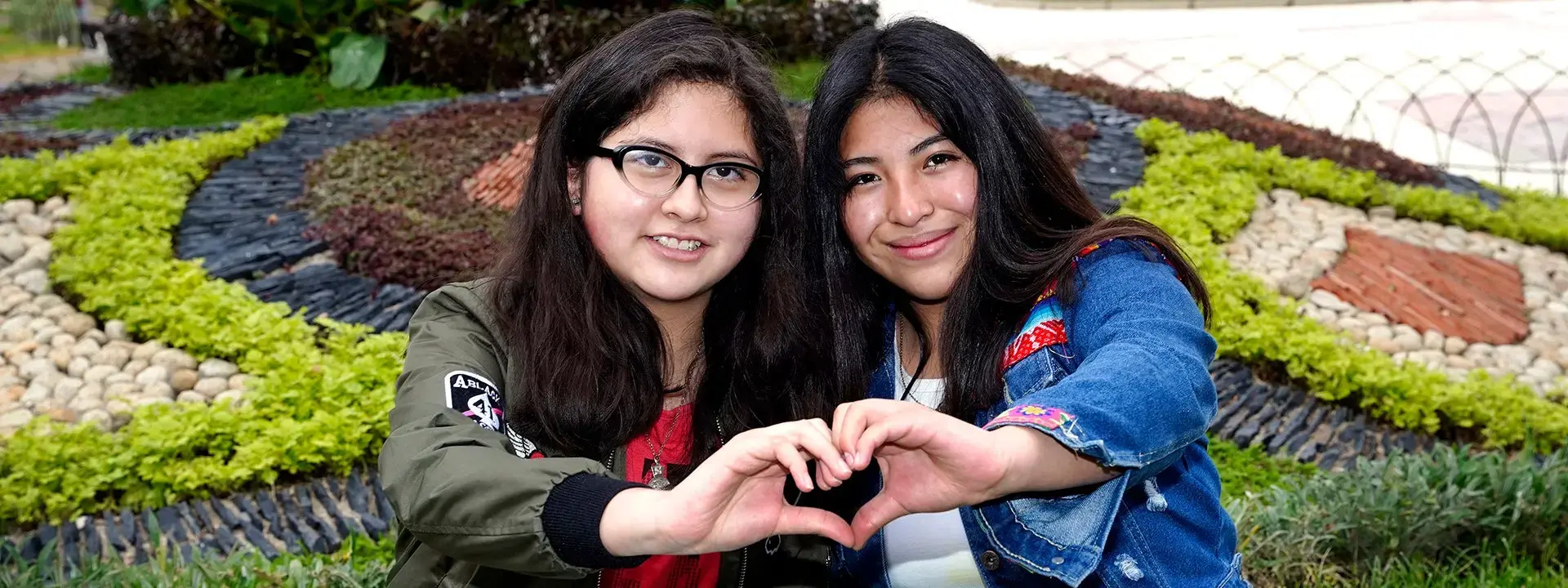Redoubling efforts to ensure everyone has access to life-saving resources and prevent HIV
Every day, HIV changes the lives of 2,400 young people aged 15 to 24 forever. Women and youth are the most vulnerable populations because they lack access to resources that would enable them to make life-saving decisions. Globally, it is estimated that 5 million young people are living with HIV.
In this context, the United Nations Population Fund (UNFPA) prioritizes working to reduce the gaps of inequality, social exclusion, stigma, and discrimination that hinder young people and women living with HIV from accessing the care and supplies they need to exercise their human rights and achieve their full development.
Our Challenge
Currently, there are 1.8 billion young people worldwide. Of the 6,300 new HIV infections daily, 40% are among young people aged 15 to 24, the majority of whom are women. HIV is the leading cause of death among women of reproductive age and accounts for at least 20% of maternal mortality.
The lack of access to quality and youth-appropriate sexual and reproductive health services is one of the main challenges we face. Additionally, social, cultural, political, and legal barriers compound this issue. It is imperative to overcome these obstacles to prevent the spread of this epidemic.
Investing in education, empowering young women and adolescents, and fostering their leadership has led to significant achievements in HIV prevention among this vulnerable population. However, the challenge of ensuring the fulfillment of their needs and rights remains.
The Opportunity
UNFPA develops programs aimed at young people, adolescents, and women throughout the region, ensuring they have access to HIV prevention, treatment, care, and support services.
Through advocacy and specialized programs, we are making progress toward achieving a 50% reduction in HIV transmission by 2015, a goal set in the 2011 Political Declaration of the United Nations Member States.
To halt and reverse the HIV epidemic, it is necessary to invest in women and youth. Greater efforts toward gender equality are required to make HIV programs sustainable and more widely accessible. This not only directly benefits them but also contributes to broader social development. In the Central America and South America regions, minimal change has occurred in the context of this epidemic in recent years.
Young people who receive age-appropriate information on sexual and reproductive health, abstinence, condom use, and related topics – whether from parents, teachers, or other adults – are more likely to delay sexual initiation and use condoms for dual protection during sexual intercourses than those who are only taught about abstinence.
Our Strategy
At UNFPA, we believe the fastest path to ending HIV-related deaths is by addressing the sexual and reproductive health needs of young people and women, while actively working to eliminate gender inequality and gender-based violence.
UNFPA advocates for women, youth, and adolescents to have access to information and the power to protect themselves. They have the right to demand that their needs are met and to be part of the decision-making process – both non-negotiable elements for an effective HIV response.
The key to preventing HIV and other sexually transmitted infections lies in integrating sexual and reproductive health services as well as HIV services universally, so that every individual has access to the information and care needed to prevent them.
An effective strategy to prevent and halt the spread of HIV is one that advocates for social transformation, starting with a thorough understanding of the epidemic and developing responses accordingly.
-
Understanding the gender dimensions of HIV within concentrated and generalized epidemic contexts, considering population diversity.
-
Ensuring equitable access to HIV services and reducing gender-based inequalities.
-
Connecting HIV with sexual and reproductive health rights, highlighting the urgent need for women to be able to prevent both HIV and unintended pregnancies – free from violence, coercion, stigma, and discrimination – and to have access to justice and the full protection of their human rights
-
Developing integrated actions at the prevention and response levels, such as screening, monitoring, access to legal and health services, including post-exposure prophylaxis and the diagnosis and treatment of STIs.
Achieving zero means fighting for the universal right of every human being to enjoy good health, which includes a life free from HIV. This requires a commitment to ensuring that the needs and rights of women and youth are at the center of the development agenda.


